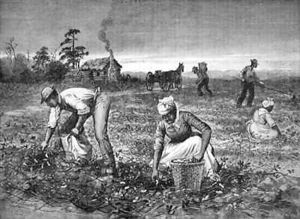Horace Bradley Paintings
Horace Bradley was an American artist born in Boston, Massachusetts, in 1862. He was known for his landscape paintings, capturing the American countryside with a particular focus on the New England area. Bradley's work is characterized by its realism and attention to the subtle changes of light and season within the rural landscapes he depicted.
Bradley studied under various prominent artists of his time. His early education in art took place in the Boston area, and he later continued his studies in Europe. While in Europe, he was exposed to the works of the Impressionists, which influenced his technique and use of color. However, Bradley did not fully adopt the Impressionist style; instead, he merged it with his own realistic approach, creating a distinctive style that was well received by his contemporaries.
Throughout his career, Bradley exhibited his work at various institutions, including the Boston Art Club and the Pennsylvania Academy of the Fine Arts. Despite his success, Bradley remained a relatively private individual, and as a result, less is known about his personal life compared to other artists of the period. His works were collected by private patrons, and after his death in 1916, they continued to be appreciated by collectors and art historians, although he never gained the same level of fame as some of his contemporaries.
Bradley's death in 1916 marked the end of a career that contributed to the American art scene during the turn of the 20th century. His paintings today are part of several collections, showcasing his skill in capturing the American landscape. Bradley's legacy is one of a skilled landscape painter who managed to blend European influences with American themes, creating works that were both familiar and innovative to the art lovers of his time.

